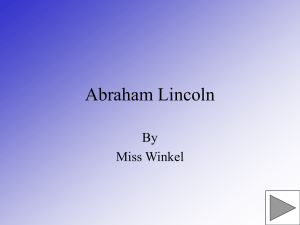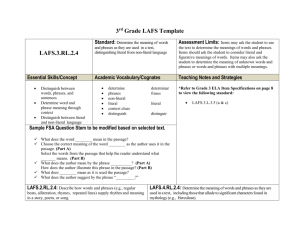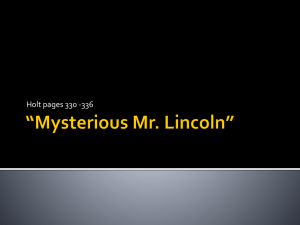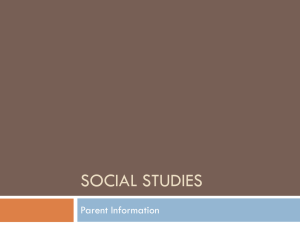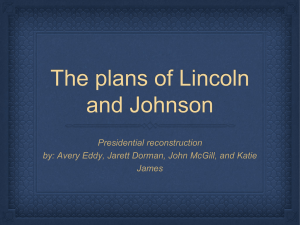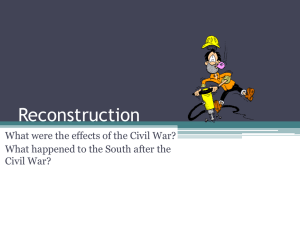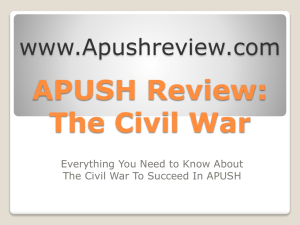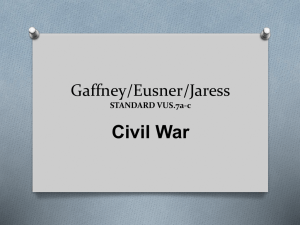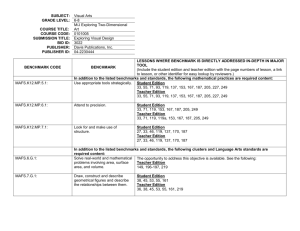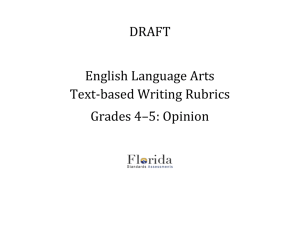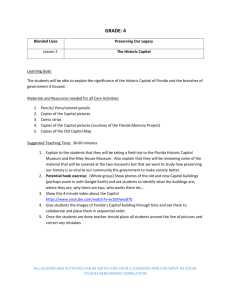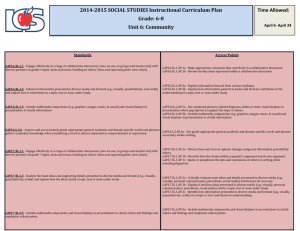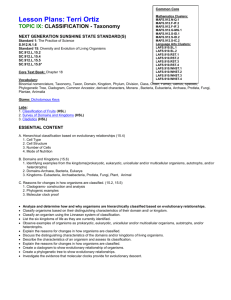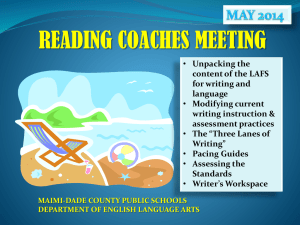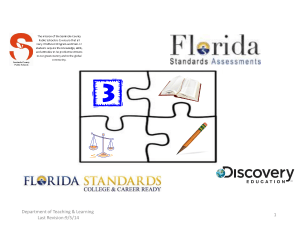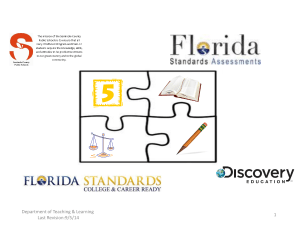Reading and Writing
advertisement
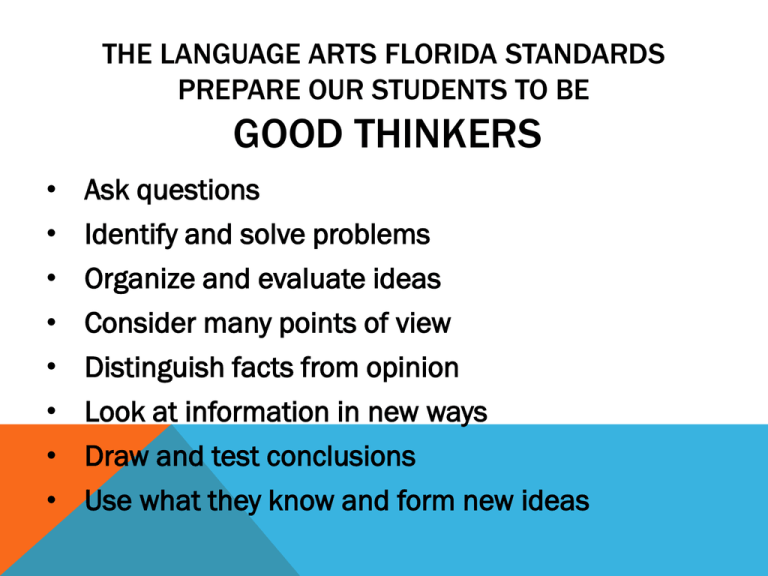
THE LANGUAGE ARTS FLORIDA STANDARDS PREPARE OUR STUDENTS TO BE GOOD THINKERS • • • • • • • • Ask questions Identify and solve problems Organize and evaluate ideas Consider many points of view Distinguish facts from opinion Look at information in new ways Draw and test conclusions Use what they know and form new ideas READING DEPTH OF KNOWLEDGE WRITING ESSENTIAL QUESTION How can one person change the way you think? INSTRUCTIONAL FOCUS LAFS.3.RL.1.33 Describe characters in a story (e.g., their traits, motivations, or feelings) and explain how their actions contribute to the sequence of events • Character, Setting, Plot: Cause and Effect: • Use explicit and implicit details to describe a character (feelings, emotions, behaviors) • Use explicit and implicit details to describe a character’s actions • Determine how a character and his/her actions affect the events in a text • Use explicit information from text to draw inferences about a character and his/her actions INSTRUCTIONAL FOCUS LAFS.3.RL.2.4 (Also Assess LAFS.3.2.3a, LAFS.3.L.4 a, b, c & LAFS.3.L.3.5 a, c) 4 Determine the meaning of words and phrases as they are used in a text, distinguishing literal from nonliteral language. • Meaning of words and phrases • Literal meaning of words • Figurative meanings of words • Unknown words and phrases • Multiple meaning words and phrases • Word relationships • Nuances of meaning • Words or phrases for effect • Words and phrases central to the meaning of text TEXT-BASED WRITING COMPONENT OF THE ELA ASSESSMENT Overall Task Description: Students will read a stimulus about a single topic. The stimulus should consist of informational or literary fiction or nonfiction texts and can cover a wide array of topics. After reading the stimulus, the students will respond to a writing prompt in which they will provide information on a topic or take a stance to support an opinion or argument. OPINION PROMPT GUIDELINES • For the opinion/argumentative writing prompts, students will be required to synthesize and analyze ideas and evidence from stimuli. They will use these ideas to present and support an opinion (grades 4-5) or to argue and support a claim (grades 6-11). • Students will be presented with either a one part or a two part Opinion Prompt. WRITING PROMPT GUIDED READING QUESTIONS “Jane’s Discovery” 1. How does the author describe Jane? 2. a. Reread the paragraph on p. 202. How does Jane feel after Abe gave her his favorite book? 2b.Select sentences that show how Jane felt after receiving Abe’s favorite book? Explain how Jane’s feelings affected the events in the text. 3. What qualities does Abraham Lincoln have? Why were these qualities important? How do these qualities influence other characters? 4. How does the setting (era in American history)contribute to the characters’ actions-reactions? “Finding Lincoln” 1. In “Finding Lincoln”, what does the author mean by, “Louis didn’t have time to count, but a million seemed about right.” 2. How does the author illustrate this phrase in “Finding Lincoln”? “Jane’s Discovery” AND “Finding Lincoln” 1. What effect does Abraham Lincoln have on the main characters in “Jane’s Discovery “ and “Finding Lincoln”? 4. How are Mary McLeod’s actions similar to Abraham Lincoln’s READING ASSESSMENT HIGHER ORDER QUESTIONS HIGHER ORDER QUESTIONS EXTENDED RESPONSE “The function of education is to teach one to think intensively and to think critically. Intelligence plus character that is the goal of true education” Martin Luther King , Jr.
